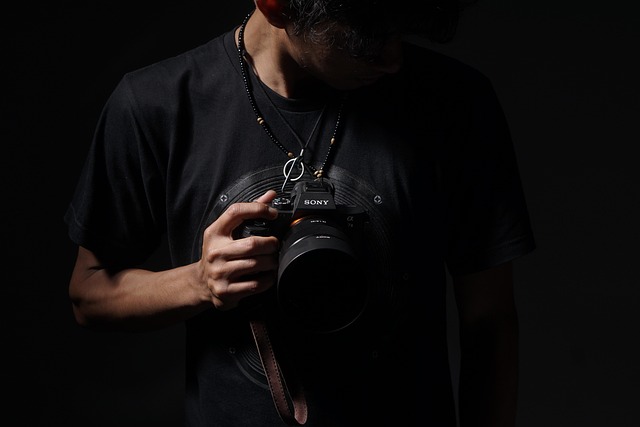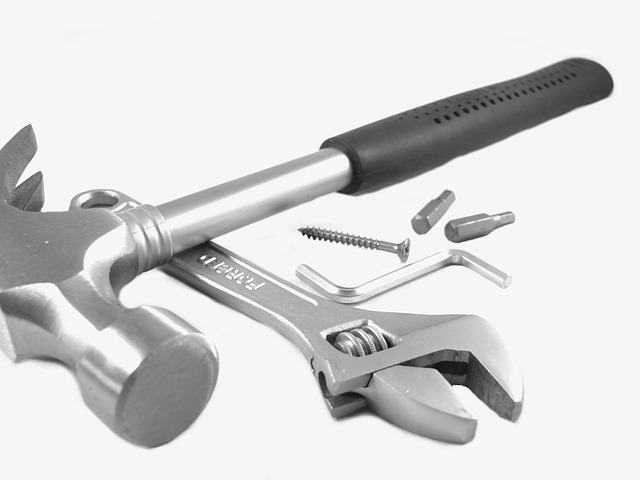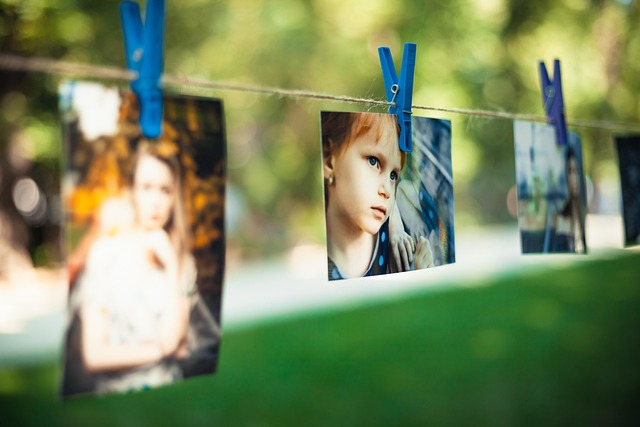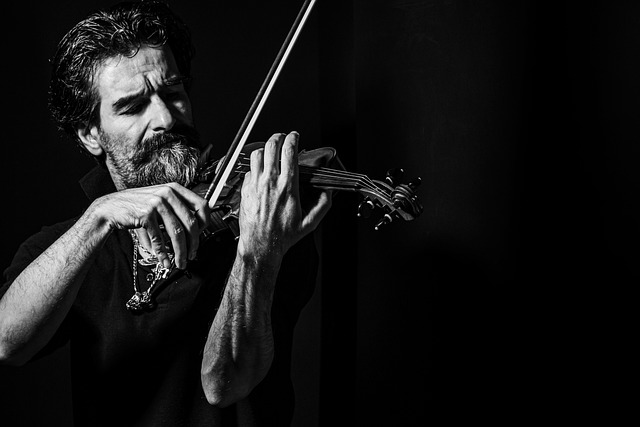Capturing the Cut: How to Master Dynamic Composition in Photography
In the world of photography, the term “cut” evokes a vivid imagery—sharp, defined, and impactful. It’s about embracing the essence of what you want to convey through your lens, focusing on those elements that shape your frame, and creating a narrative that resonates with your audience. Mastering dynamic composition is a powerful skill that can elevate your photography from good to breathtaking.
Understanding the Concept of “Cut”
The idea of “cut” in photography isn’t just about cropping or editing; it’s about the intentional selection of elements within your frame. Think of it as a cinematic cut, where the viewer’s attention is directed toward the most crucial parts of your image. This requires a keen eye and thoughtful consideration of all components in your shot.
Key Elements of Dynamic Composition
Dynamic composition involves several techniques that help to create a sense of movement and emotion within your photographs. Here are a few concepts to consider when aiming to perfect your cut:
- Rule of Thirds: Divide your frame into a grid of nine equal sections. Placing your subject along these lines or at their intersections creates a more balanced and engaging image.
- Leading Lines: Use natural lines within the scene to guide the viewer’s eye towards the focal point. Roads, rivers, and fences can create a strong visual journey.
- Framing: Incorporate elements in your surroundings that act as a frame within your photo. This adds depth and context while drawing attention to the focal subject.
- Negative Space: Sometimes less is more. Leaving empty space around your subject can enhance its importance and create a striking visual impact.
- Dynamic Angles: Experiment with different perspectives. Shooting from high above or ground level can drastically change the mood and cut of your composition.
Breaking the Rules
While it’s essential to understand the foundational rules of dynamic composition, don’t be afraid to break them. The beauty of photography lies in its subjective nature. Sometimes an unconventional approach can elevate your work, allowing your artistic voice and creativity to shine through. Experimenting with unusual cuts can lead to surprising results that engage the viewer in a new and thought-provoking way.
Practice Makes Perfect
Dynamic composition is a skill that improves with practice. Spend time observing the world around you, searching for moments that demand to be captured. Try different compositions, test various lighting settings, and don’t shy away from repurposing old shots with a new cut or angle. Regular experimentation will enhance your ability to visualize compelling compositions in the future.
Tools to Enhance Your Cut
With the advancement of technology, several tools and apps can assist photographers in understanding and applying dynamic composition techniques:
- Composition Guides: Use apps that overlay grid patterns on your LCD screen while shooting to help you adhere to the rule of thirds and other composition techniques.
- Edit with Precision: Post-processing software allows you to refine your cuts after the shot, enabling finer adjustments to composition and clarity.
- Feedback Platforms: Join photography communities where you can share your work and receive constructive critique on your composition.
In incorporating these elements into your photography, let the idea of “cut” infuse your work with intent and clarity. Create images that not only capture a moment but tell a story through dynamic and thoughtful composition. Embrace the cut, and watch your photography transform.




